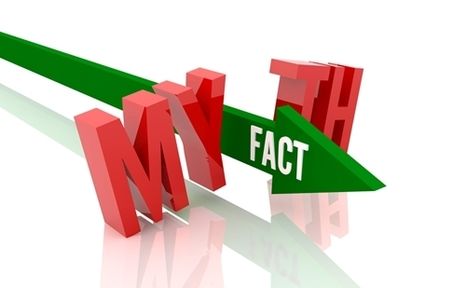

There are many arthritis myths out there - get the facts here.

Arthritis is a family of conditions that have a lot in common - and one of the things they share is a variety of myths. You may have heard plenty about arthritis, either before you received your diagnosis or after, that simply isn't true. To make the best choices about your health, it's important to distinguish between fact and fiction. We'll take a look at the most common arthritis myths and the facts behind them:
You may have heard that only elderly people get arthritis, but that's far from the case. Certain kinds of arthritis can impact people who are as young as 1 year old, like rheumatoid and psoriatic arthritis. In fact, the U.S. Centers for Disease Control and Prevention found two-thirds of people with arthritis are younger than 65, according to ABC News.
There are actually more than 100 different types of arthritis! They differ widely. While someone with osteoarthritis and someone with psoriatic arthritis are both likely to experience joint pain, that's pretty much where the similarities end. Some types are very serious and can impact internal organs; some can lead to joint deformities; and some tend to get better without much intervention. This is one of the many reasons it's so important to talk to your doctor about your joint pain: knowing which kind of arthritis you're dealing with can help you create the best treatment plan for you.
With so many types of arthritis out there and the knowledge that it can happen to anyone, it's easy to conclude that all joint pain is arthritis. However, this isn't the case. You may have a soft tissue injury, for example, or bursitis. Even swollen joints that ache are not necessarily an indication of arthritis.
While arthritis of all kinds can make movement painful, deciding not to exercise at all just isn't in your best interest. In fact, exercise can benefit arthritis sufferers in a lot of ways, including reducing pain and increasing range of motion in the joints. The trick is to choose the right kind of exercise. It should be low impact, like stretching or swimming. Consulting with your doctor about what you can do is a key step in the right direction.
Yoga for Arthritis
4 Steps to Healthy Living with Osteoarthritis
Arthritis and Communication Part 1: How to Communicate Your Needs
Copyright © www.orthopaedics.win Bone Health All Rights Reserved